Are you a healthcare provider hunting an IT solution for administrative tasks like submitting and tracking medical claims, appointment scheduling, and keeping your patient’s records? Data science advancements today have encouraged healthcare industries to utilize modern automation. Medical billing software is one such technological progression.
These not only ensure quality care for the patients but also their company’s financial stability. Medical billing is in a growth phase and the medical billing outsourcing market size is expected to reach 30 billion USD approx. by 2030 globally.
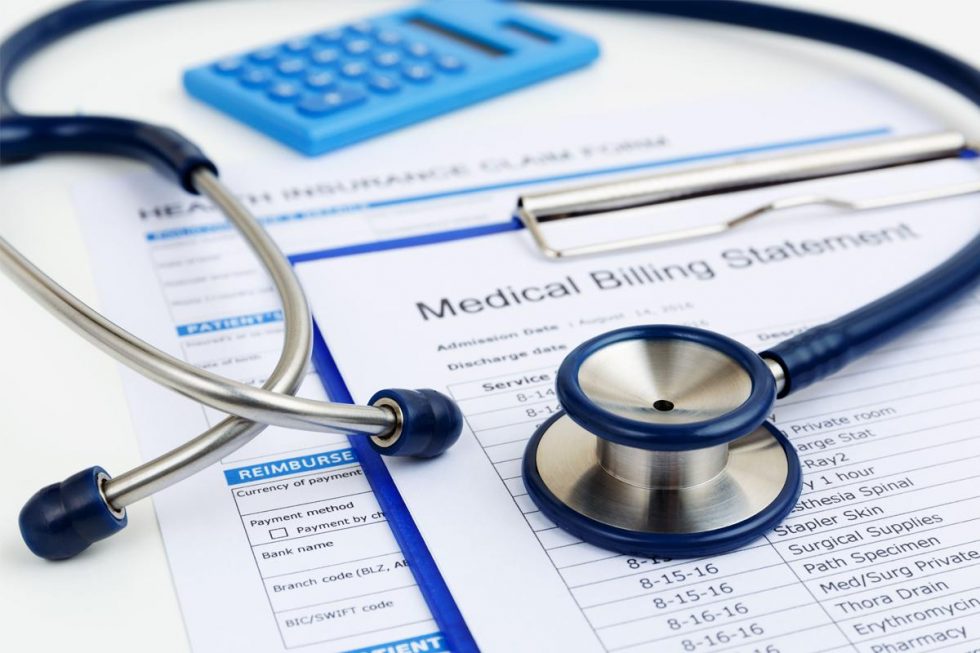
What is Medical Billing?
Medical billing is the automation of healthcare billing procedures. The patients’ medical info is collected for reimbursement intention. Health insurance payers receive these automated medical claims to quicken the billing operations.
Alongside good care of patients, a healthcare system was always in need of such technology to make sure healthcare providers are paid in time. It also keeps the cash flows of healthcare organizations in check.
What are The 3 Different Types of Medical Billing Systems in Healthcare?
In healthcare, there are three types of medical billing systems. The management must look into these systems so that there are only minimum to no pending amounts from insurance companies to the healthcare providers.
Open Medical Billing Systems
Unlike closed systems, open systems are more flexible. The health data of patients is accessible by all relevant stakeholders of the enterprise. One example of open medical billing software is Electronic Health Records (EHR).
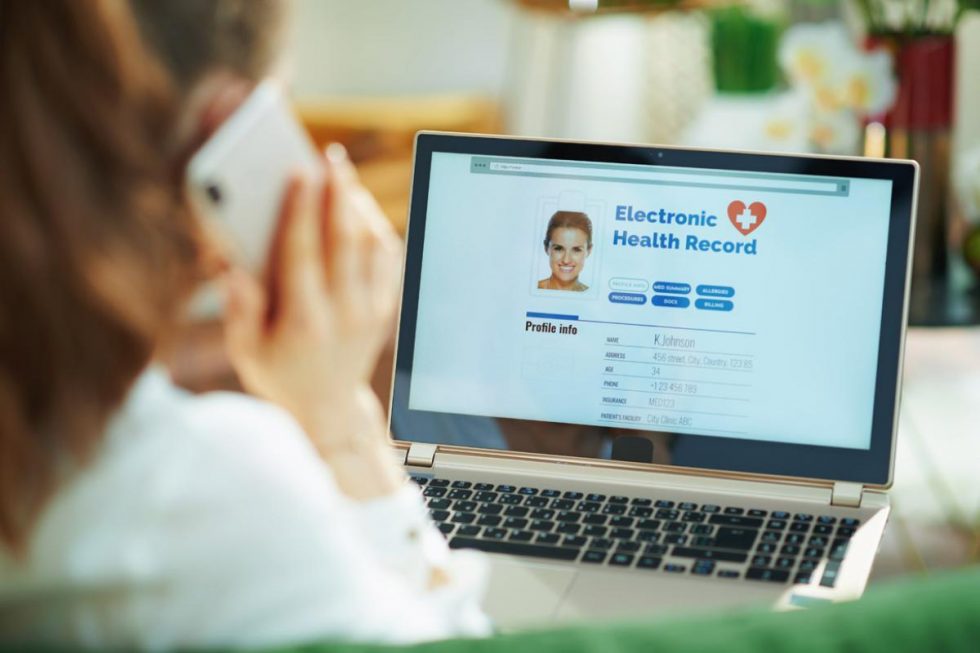
The patients can easily transfer their medical history if they want to. Such systems are also very suitable for healthcare organizations outsourcing medical billing.
Closed Medical Billing Systems
Health records and billing charts remain within the boundary of the associated clinician. For better understanding, these systems are only the electronic versions of bygone medical charts. One example of such closed medical billing software is Electronic Medical Records (EMR).
Isolated Medical Billing Systems
Patients manage these systems by Personal Health Records (PHR). No healthcare facility, provider, or physician has access to such records. Patients maintain their health information for later use.
Along with medical billing or medical scheduling software, many other digital solutions are filling the needs of healthcare industry. Healthcare providers around the world are rapidly shifting towards digital solutions that help them to streamline all aspects of their business.
If you want to learn more about Healthcare App development, head over to our article that will help you to develop a future-ready healthcare app.
Covid-19 and Medical Billing
The pandemic added new billing codes to minimize claim process hassles and ensure an optimized healthcare revenue cycle. Unique diseases call for unique treatments just like Covid-19 did. The pandemic required altering documentation methods due to virtual care and telehealth technologies for medical coding.
Medical billing solutions cushioned the medical facilities by:
Kareo, PracticeSuite, and DrChrono are some good medical billing solutions in 2022. These healthcare software programs have different feature packages. Let us look into some key modules of medical billing software solutions:
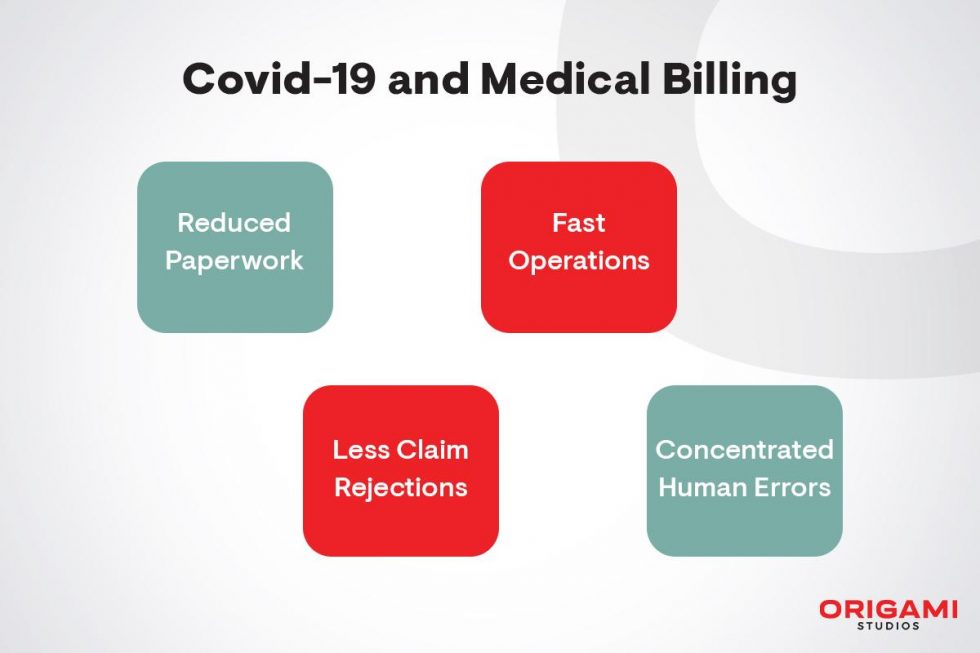
10 Top Features of a Medical Billing Software
While some medical billing programs are suitable for home-based businesses more than large enterprises and vice versa. Knowing these features will help in selecting the most suitable solutions and would save costs. These are some key capabilities offered by the healthcare billing software programs:
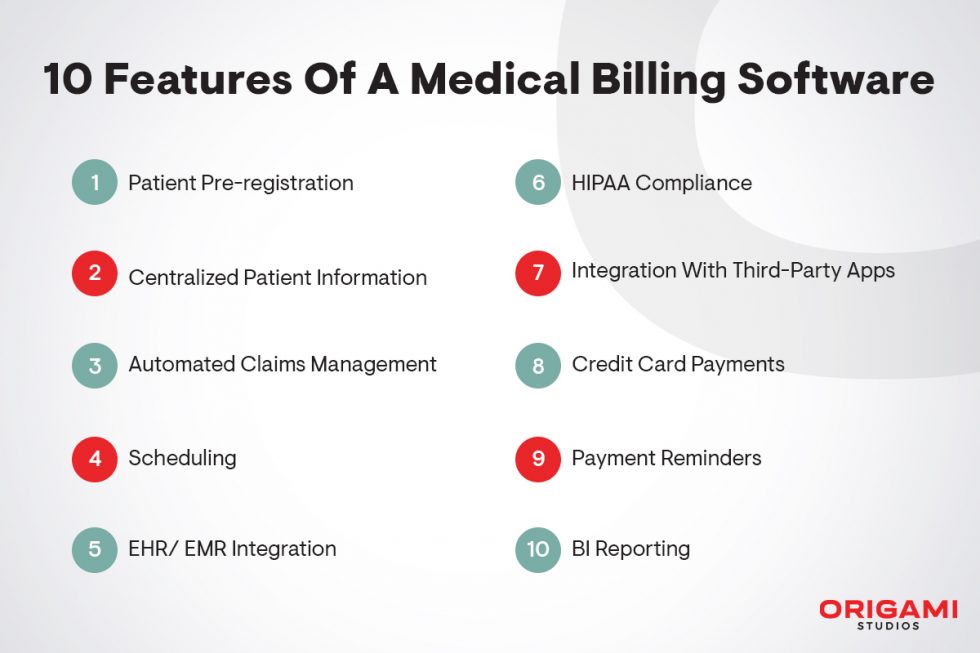
Patient Pre-Registration
The pre-registration of patients cuts down the time previously employed on the check-in and appointment scheduling. Even before the patient is onboard, this software solution can complete:
- Patient Intake Forms
- Patient Payment History
- Medical Benefit Checks
- Insurance Eligibility Checks
On one hand, the insurance is verified. On the other hand, this initial professional encounter leaves a good impression even before the patient pays a visit.
Centralized Patient Information
Just like online banking and online shopping, fewer to no healthcare users would want to pay a costly and time-consuming visit to get a medical record. Here, stellar billing software comes in handy so that patients can access the information via the patient portal thus enriching patient satisfaction.
Furthermore, staff saves this time to perform other more vital tasks. This centralized space in the software has the following key features:
- Patient allergy lists
- Patient records
- Patient medication list
- Patient history
- Referral creation
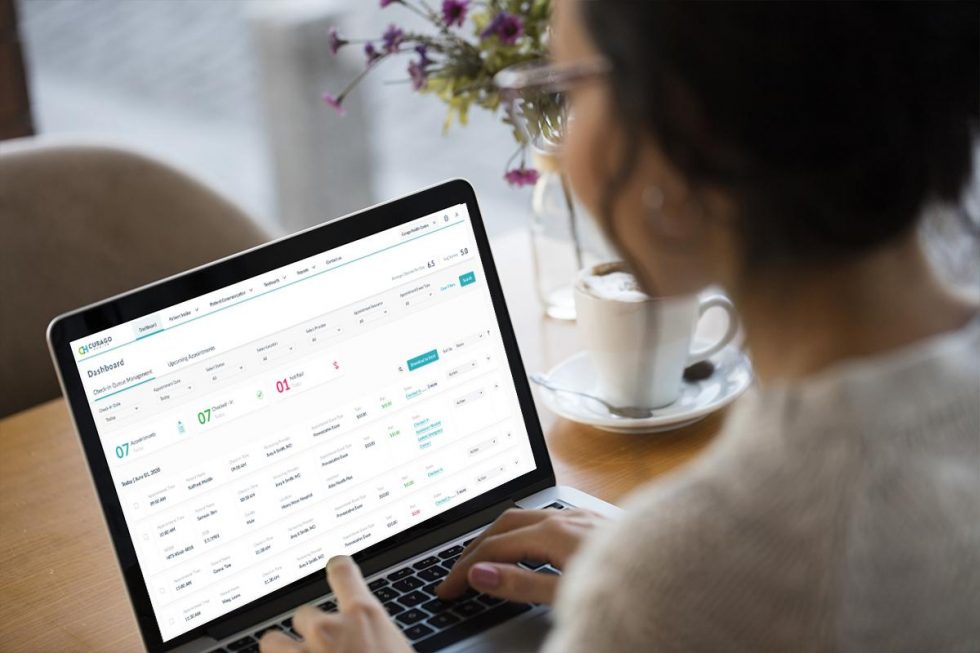
Automated Claims Management
These medical solutions allow smart claim management i.e. we can submit claims, and monitor their history, and status. To ensure trust and transparency between claim makers (patients) and claim clearers (bearers), blockchain in healthcare has improved the environment of trust and transparency. Several healthcare insurance companies like Humana are utilizing blockchain for safe and efficient claims management. See how blockchain is transforming the healthcare industry.
Maintenance of invoices and patient records and insurance agency encounters can be hectic. For patients to know what is pending on their side, this paperless electronic solution streamlines fund cycles in the medical facilities.
To reduce the probability of fraudulent claims and save time, organizations can outsource to specialized field firms or medical claim processing software. The functionalities cover:
- Paper/paperless claims collections
- Insurance payers listing
- Appointment reminders
- Claim reconciliations
- Claim scrubbing
- Online payments
- Claim history
- Tracking
- Electronic claims handling
Scheduling
Initially, checking previous no-shows, planned encounters, visits, and cancellations required too much manual work. However, today things are a lot more simplified – thanks to patient scheduling software.
Appointments and provider’s busy periods are color-coded, and seamless integrations make the procedures even easier.
EHR/ EMR Integration
EHR and EMR records are significantly becoming a part of operations in healthcare enterprises. Integrating payments processing systems with EHR/ EMRs allows for improved bill management for providers and convenient payment remittance for patients.
Timely transfer of invoices and automated billings are achieved through these integrations successfully. Acceptance of additional secure payment forms (for bill clearance by patients) is another benefit.
HIPAA Compliance
Healthcare IT solutions need to be secure by utilizing modules like role-based access control, user authentication, data backup, and data encryption. HIPAA regulations ensure data security (personal and financial data) and protected health information (PHI).
Moreover, HIPAA standardized medical codes are thus utilized by billers and coders. Furthermore, HIPAA impacts multiple activities from storing to accessing codes for claims management. If not followed, the non-compliance may lead to organizations facing legal punishments.
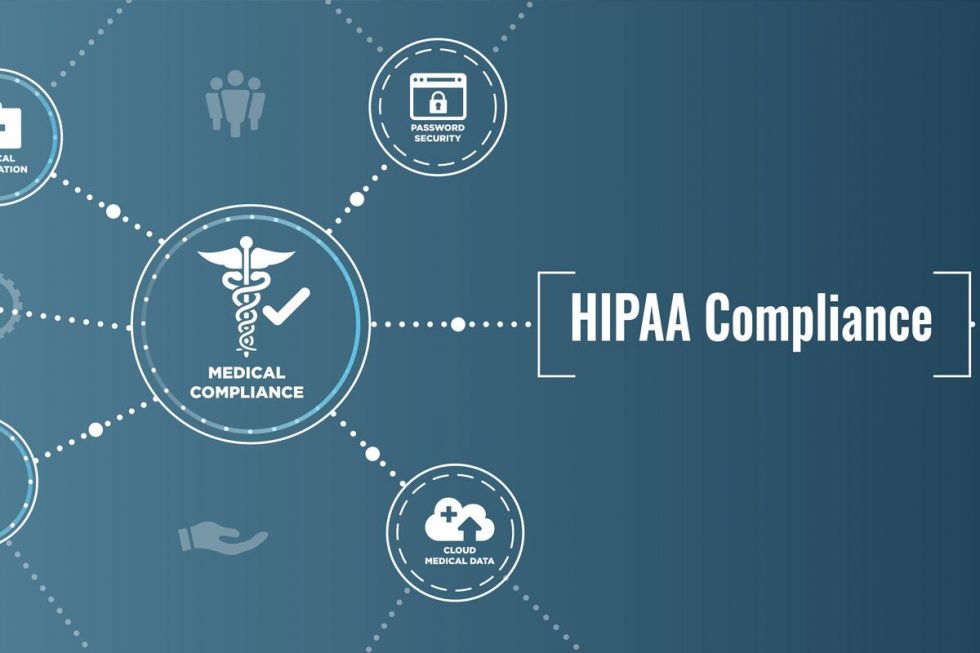
We have created a checklist to help you see if your healthcare app is HIPAA compliant or not. Click here.
Integration With Third-Party Apps
When the credentials of payers contrast with each other, the staff may feel the challenge to monitor and carefully manage the inputs and outputs of medical billings. Here, third-party billers can play a crucial role.
The staff can use this time for more pressing tasks. The money thus saved from not hiring the billing people can be invested in equipment or recruiting healthcare personnel.
In addition, these third-party apps ensure transparency of tasks thus performed. They provide analytics regarding your previous account receivables and their present-time growth and net profits. Besides as per 360Connect, integrating third parties is many times more economical than purchasing software with the latest features and training staff.
Credit Card Payments
With every coming day, customers are preferring contact-free payment solutions and are comfortable interacting with organizations offering multiple payment options. Therefore, medical billing software allows users to pay through credit cards. Many IT billing solutions also accept other electronic payment gateways like Stripe, Square, and PayPal.
In 2022, each person in the United States owns 3 credit cards on average.
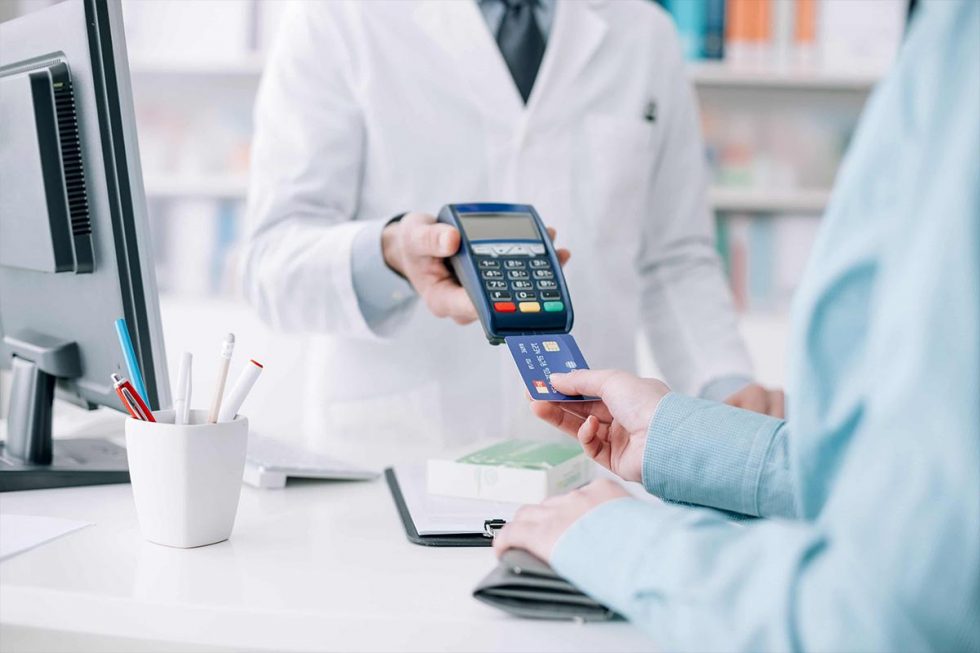
Payment Reminders
Transparent billing and collection procedures can benefit healthcare enterprises in myriad ways:
- Accurate billing statements
- High satisfaction of patients
- Reduced payment schedule mistakes
- Quicker outstanding balances collections of patients
- Easy-to-understand billing statements (for patients)
- Engaged and notified patients
Automated payment reminders can contribute to all the above-mentioned benefits. Some patients prefer being informed via phone call while others via email or messages. Psychographic segmentation can help in choosing gateways as per customer preferences.
These reminders communicate upcoming and due payments. These reminders prove to engage customers thus increasing the balance collections and improving revenue cycles.
BI Reporting
Patients, applications, and organizations can transfer and receive information via business intelligence (BI) software. These solutions can analyze and perform operations on one-to-many data sets, thus producing concise and structured medical reports. This BI technology allows access to:
- Custom reports
- Practice reports
- Dashboard
- Patient history
- Financial performance reports
BI software collects information regarding service charges, patient demographics, and patient diagnosis. The data is then organized to pinpoint areas where procedures are top-notch and the weaknesses in your medical billing practices.
Conclusion
Now that you know the key capabilities of medical billing software, make sure that the solution you choose supports medical coding, data-driven analytics, and HIPAA compliance. For a personalized healthcare ecosystem, you may also consider outsourcing billing solutions. The chosen application should be compatible with your practice management software like EHR/ EMR. This enables smooth integration and achieved interoperability.
Whether you opt for purchasing software or outsourcing services, choose from reputable companies specialized in the medical field in particular. Pick a company that values user feedback, research, and development. A company that focuses on constant improvement and keeps an eye on the latest trends and technologies can provide relevant and contemporary services.